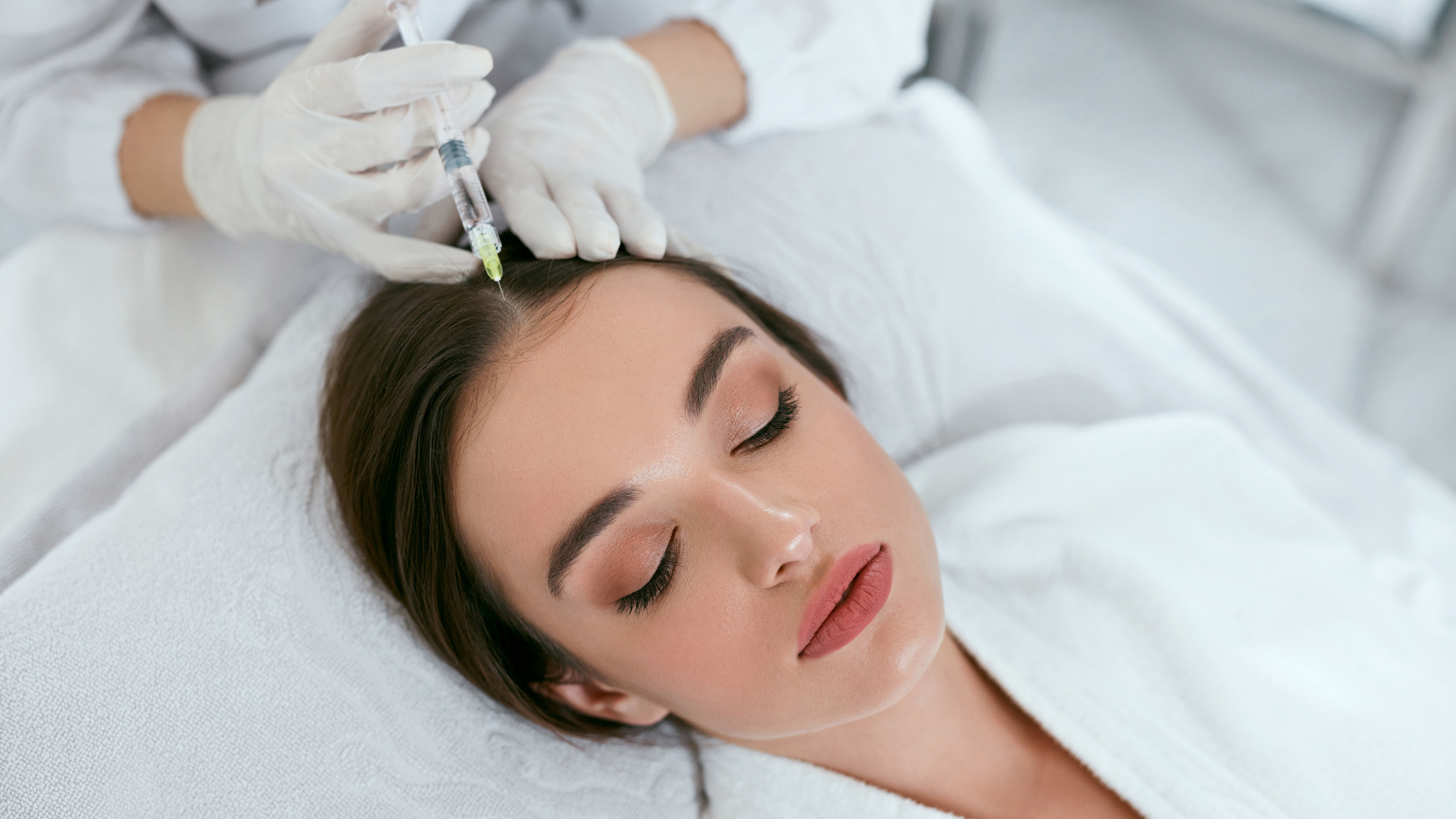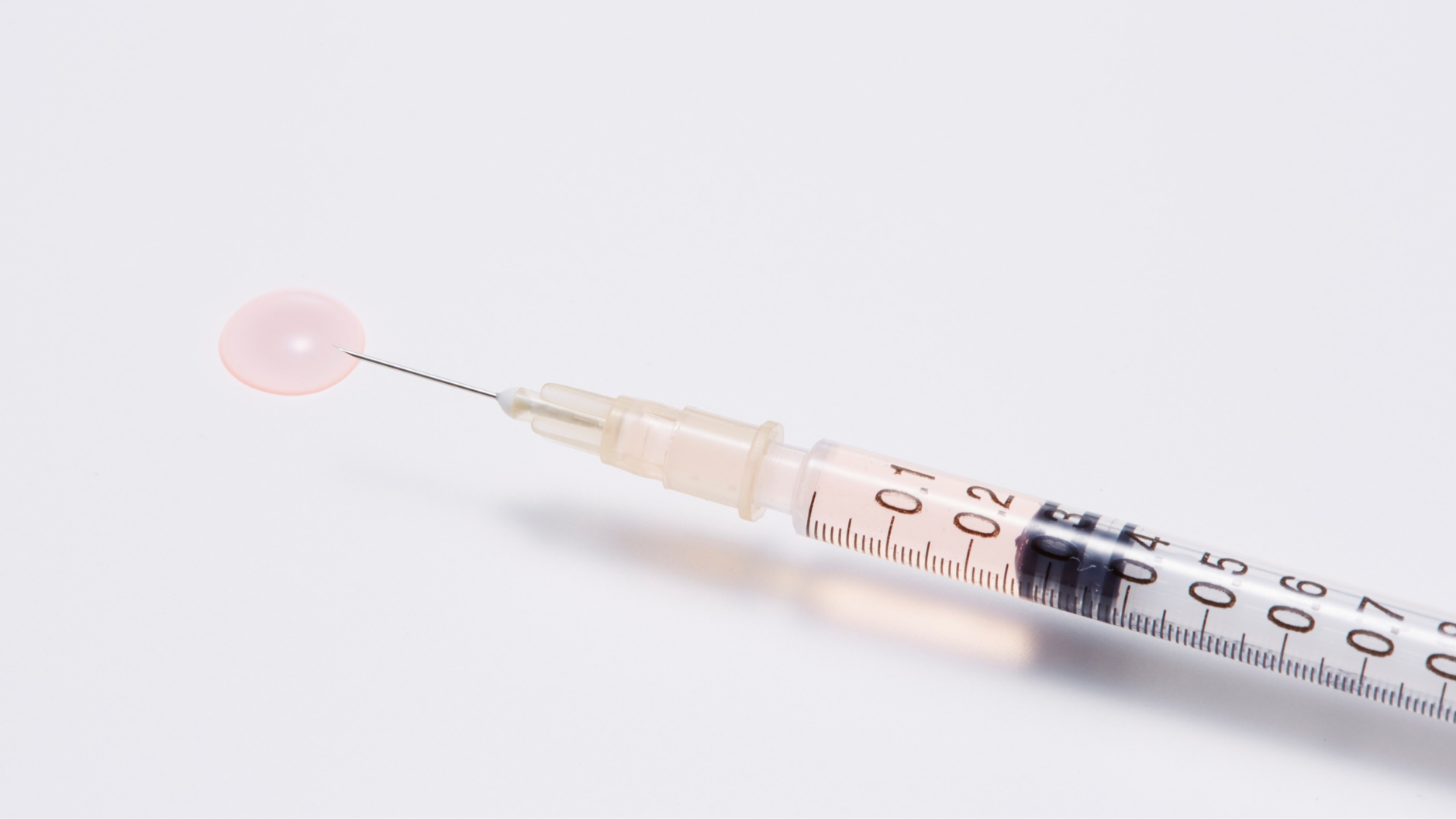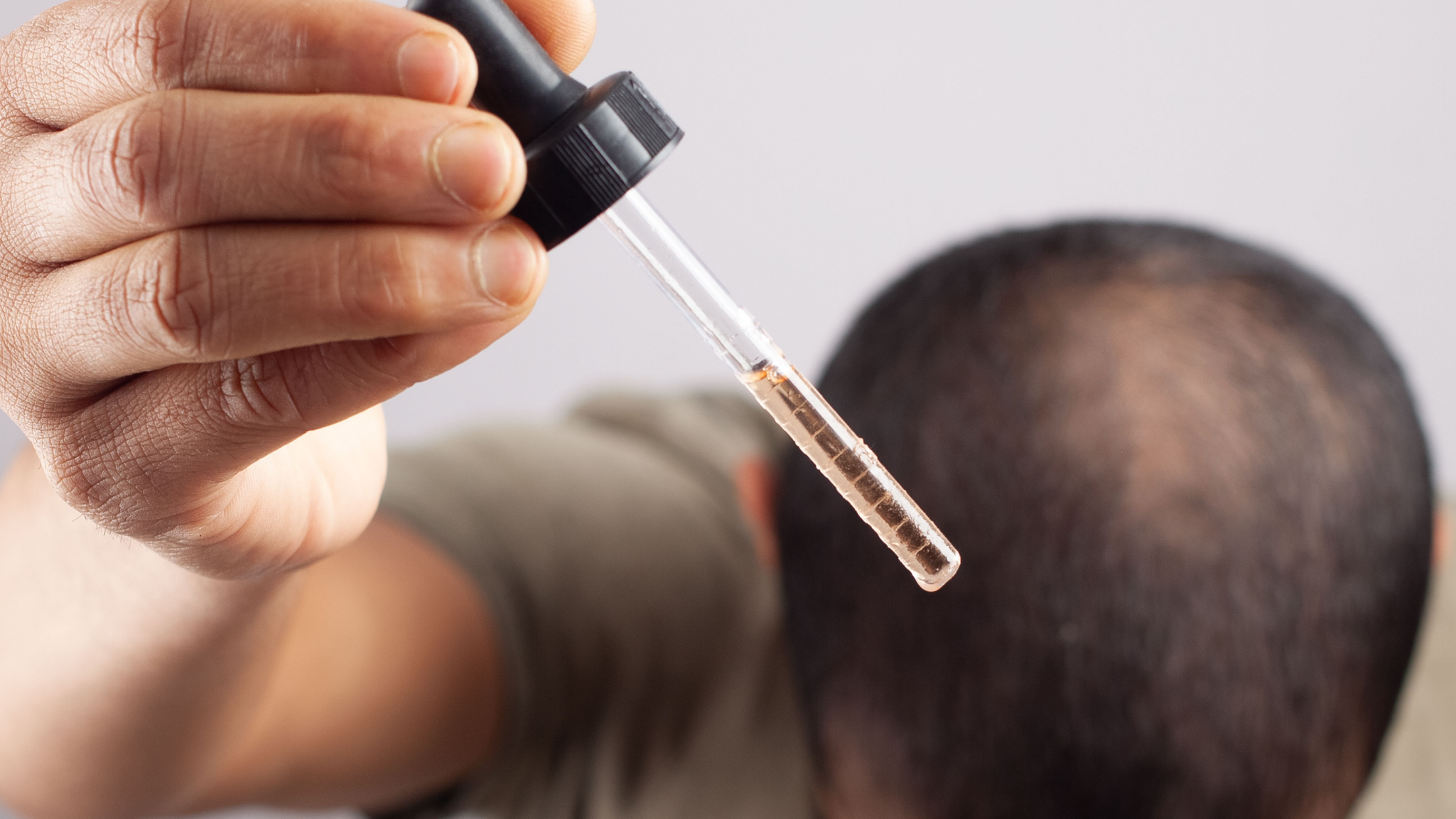Mesotherapy for Androgenetic Alopecia: Does It Really Work?
Androgenetic alopecia is one of the most common causes of hair thinning in both men, it can also affect women too. Often referred to as male or female pattern hair loss, it is generally progressive a, hormone-related, and severity can depend on genetics. For years, the options have been limited to topical minoxidil and oral medications like finasteride or spironolactone.
But now, injectable treatments such as mesotherapy are gaining attention. The question is: can mesotherapy really make a difference in androgenetic alopecia?
In this article, we explore how mesotherapy works for this condition, what the evidence says, and which formulations show the most promise

What Is Androgenetic Alopecia?
Androgenetic alopecia is caused by a combination of genetic sensitivity and the effects of androgens, particularly dihydrotestosterone (DHT). In those who are susceptible, DHT causes the hair follicles to gradually shrink, producing finer and shorter hairs over time.
The process is known as follicular miniaturisation. It most commonly affects the crown and temples in men, and the central parting and frontal hairline in women. Left untreated, it tends to worsen over time, although the speed of progression varies.
How Does Mesotherapy Help?
Mesotherapy involves injecting small amounts of active compounds directly into the scalp. For androgenetic alopecia, the goal is to deliver ingredients that:
-
Block the effects of DHT at the follicle
-
Stimulate growth phase signalling (such as IGF-1 and VEGF)
-
Improve blood flow and nutrient supply to the dermal papilla
-
Support the extracellular matrix and follicle anchoring
-
Calm inflammation that may worsen follicle vulnerability
Because these actives are deliverd directly to the target area, they bypass both the digestive system and the scalp barrier allowing higher concentrations to be delivered directly where they are needed.
Which Ingredients Are Used for Androgenetic Alopecia?
Mesotherapy formulations can be tailored, but several ingredients are commonly used in evidence-backed protocols:
-
Dutasteride: A powerful 5-alpha-reductase inhibitor that blocks the conversion of testosterone to DHT. Clinical studies show that intradermal injections of dutasteride can significantly increase hair density in men with androgenetic alopecia.
-
Minoxidil (injectable form): Improves blood flow and may stimulate potassium channels in the follicle. Injection bypasses the absorption inhibition by the scalp barrier usually seen with topicals.
-
Growth factor peptides: Such as IGF-1 and VEGF, which promote follicle survival, blood vessel formation, and dermal regeneration.
-
Copper peptides and biotinyl-GHK: May support collagen production and follicle structure.
-
Natural extracts: Like saw palmetto and green tea polyphenols, which offer mild DHT-blocking and antioxidant benefits.
What Does the Evidence Say?
Several clinical studies have investigated mesotherapy for androgenetic alopecia. In a controlled study using intradermal dutasteride, participants experienced a significant improvement in hair density and reduction in miniaturised hairs after three sessions spaced over six weeks.
Other studies using peptide-based solutions, have shown comparable results to oral finasteride and topical minoxidil, particularly when used in combination. A separate placebo-controlled trial involving injectable minoxidil demonstrated a statistically significant improvement in both density and thickness after three months of treatment.
While more large-scale trials are needed, the current evidence suggests that mesotherapy can offer a clinically meaningful benefit for androgenetic alopecia, particularly in the early to moderate stages of hair thinning.
What Results Can You Expect?
Results depend on several factors, including:
-
The severity of follicle miniaturisation
-
The formulation used
-
The frequency and consistency of sessions
-
Whether underlying systemic factors have been corrected
Most patients start with a course of 4 to 6 sessions, spaced every 2 to 4 weeks. Visible improvement is usually reported between weeks 8 and 12, with best results seen at 3 to 6 months.
Maintenance may be needed if the individual has high DHT sensitivity or if other contributing factors (like inflammation or stress) are still active.
Is It Better Than Minoxidil?
Mesotherapy is not necessarily better, but it may work differently and suit patients who:
-
Do not respond to topical minoxidil
-
Experience irritation or contact dermatitis after using minoxidil
-
Want a more targeted or lower-frequency option
-
Are looking to layer treatments for a stronger response
In fact, studies suggest the combination of mesotherapy and minoxidil provides better results than either alone.
Who Is It Best For?
Mesotherapy is best suited to:
-
Men and women in the early to moderate stages of androgenetic alopecia
-
Those with visible thinning at the temples, crown, or part line
-
Patients who are unable or unwilling to take oral DHT blockers
-
People who want to avoid or reduce topical medication use
-
Individuals who have addressed systemic factors such as iron, vitamin D, and stress
It is not suitable for completely bald areas or in advanced cases where follicular density has already dropped below a salvageable level.
FAQs
How many sessions are needed?
Typically 4 to 6 sessions during the 'loading' phase, spaced 2 to 4 weeks apart, with maintenance as needed.
Is it painful?
Mild discomfort is normal, but numbing cream can reduce sensitivity during treatment.
Is this suitable for both men and women?
Yes.
Are the results permanent?
Not in all cases. If the underlying cause remains active (like DHT sensitivity), maintenance may be required. However, some studies show durable results lasting 12 months or more after a full course.
References
-
Sobhy N, Aly H, El Shafee A, El Deeb M. Evaluation of the effect of injection of dutasteride as mesotherapeutic tool in treatment of androgenetic alopecia in males. Our Dermatol Online. 2013;4(1):40.
-
Uzel BPC, Takano GHS, Chartuni JCN, Cesetti MV, Gavioli CFB, Lemes AM, et al. Intradermal injections with 0.5% minoxidil for the treatment of female androgenetic alopecia: a randomized, placebo-controlled trial. Dermatol Ther. 2021;34(1):e14622.
-
Shome D, Kapoor R, Doshi K, Patel G, Vadera S, Kumar V. Comparison of QR678 and QR678 Neo as monotherapy and in combination with minoxidil and finasteride in male androgenetic alopecia. J Cosmet Dermatol. 2021;20(6):1556–1564.




